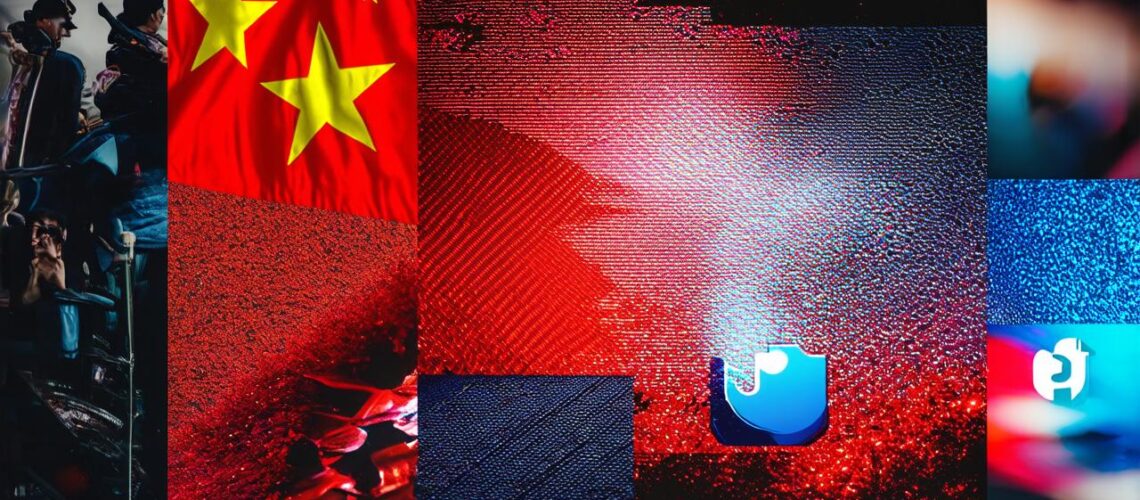Is TikTok owned by a Chinese company?

TikTok is one of the most popular social media apps among younger generations around the world. It allows users to create and share short-form videos, making it an ideal platform for creative expression and entertainment.
However, there have been rumors and speculation about who owns TikTok and whether it is safe for users in certain countries.
Ownership of TikTok
TikTok was created in 2016 by ByteDance, a Chinese technology company. ByteDance is one of the largest and most successful internet companies in China, with over 800 million active users on its various platforms, including Douyin (the Chinese version of TikTok) and Musical.ly.
However, the ownership of TikTok has been a subject of controversy for some time. In 2019, President Trump ordered ByteDance to sell its stake in Musical.ly, citing concerns about intellectual property theft and national security risks. This move was later expanded to include a complete sale of TikTok’s US operations, which ByteDance agreed to do in September 2020.
However, the ownership of TikTok remains unclear. While ByteDance sold its US operations to Microsoft for $80 billion, it retains ownership of the app’s global business outside the US and Canada. This has raised questions about whether ByteDance will be able to maintain control over TikTok’s global operations, which are crucial to the app’s success.
Risks Associated with Using TikTok
Despite these ownership issues, there are concerns about the safety of using TikTok, particularly in countries where the Chinese government has significant influence or control over the internet. In China, for example, ByteDance is subject to strict government censorship and surveillance, which raises concerns about the privacy and security of users’ data.
There have also been reports of data mining and intellectual property theft by Chinese companies, including ByteDance. This has led some countries, such as the US and Australia, to ban TikTok altogether. In addition, there are fears that user data could be used for espionage or other nefarious purposes by the Chinese government.
Alternatives to TikTok
For those concerned about using TikTok due to ownership or security issues, there are several alternatives available. These include:
- Triller: A social media app that allows users to create and share short-form videos, similar to TikTok. It was created in the US and is not owned by a Chinese company.
- Dubsmash: Another social media app that allows users to create and share short-form videos, with a focus on music and dance. It was created in Germany and is not owned by a Chinese company.
- Likee: A social media app that allows users to create and share short-form videos, similar to TikTok. It was created in China but is now owned by ByteDance’s parent company, Zhejiang TechMedia Co., Ltd. However, it has been banned in some countries due to concerns about data privacy and security.
- Reels: A social media app that allows users to create and share short-form videos, similar to TikTok. It was created by Instagram (which is owned by Facebook) and is not owned by a Chinese company.

Summary
TikTok’s ownership remains a subject of controversy, with concerns about intellectual property theft and national security risks. While ByteDance has sold its US operations to Microsoft, it retains ownership of the app’s global business outside the US and Canada. This raises questions about whether ByteDance will be able to maintain control over TikTok’s global operations, which are crucial to the app’s success.
For those concerned about using TikTok due to ownership or security issues, there are several alternatives available, including Triller, Dubsmash, Likee, and Reels. These apps offer similar features to TikTok but may be safer options for some users. However, it is important to note that these apps may also have their own privacy and security concerns, and users should exercise caution when using any social media app.
Ultimately, the decision to use TikTok or an alternative app depends on individual risk tolerance and comfort levels.